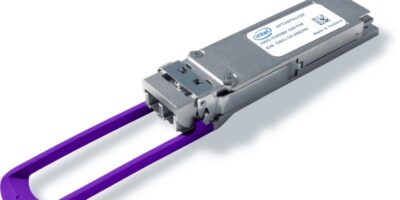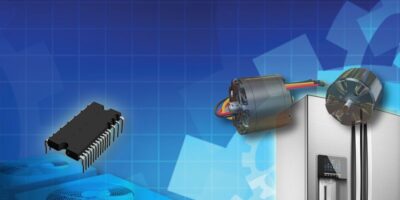Hardware and software supplied by Renesas Electronics is used by Miromicro following the companies’ collaboration to develop an enhanced LoRa module, based on Synergy.
The compact and low-power FMLR-61-x-RSS3 module is based on LoRa devices and wireless radio frequency (RF) technology. The Miromico module enables customers to connect easily to LoRaWAN-based networks and uses the Synergy platform to give customers access to microcontrollers (MCUs) and a large production-grade software package.
Engineers can use the S3A6 MCU on the LoRa-based module to handle various tasks, while seamlessly streaming data across a LoRaWAN-based network to the cloud. The LoRaWAN protocol is quickly becoming the de facto standard to connect the ‘things’ of the IoT across long distances (up to 50km), flexibly and securely, while keeping batteries alive for years.
The FMLR-61-x-RSS3 measures only 14.2 x 19.5mm. Operating voltage is 1.8 to 3.3V and power consumption ranges from 1.4 microA in sleep mode to 25.5mA (typical) in TX mode (14dBm). Receiver sensitivity is -148dBm in LoRa mode SF12 at 10.4 kHz and operating temperature range is -40 to +85 degrees C.
The licensed LoRaWAN stack has firmware over the air (FOTA) capabilities. The module’s specifications make it suitable for urban as well as rural sensing applications such as metering, asset tracking, building automation, security, wearables and predictive maintenance, says Renesas.
The FMLR-61-x-RSS3 module employs the S3A6 MCU with integrated 48MHz Arm Cortex-M4 core, and features 256kbyte code flash memory, 8kbyte data flash, and 32kbyte SRAM. Most MCU signals are available at the module level to make them externally accessible.
Manufactured in a low- power process, the S3A6 peripheral set includes analogue features such as a 14-bit SAR ADC, 12-bit DAC, op amps, and comparators. Timer channels and serial ports, USB function, CAN, DMA, and powerful safety and security hardware makes the S3A6 suitable for battery-operated applications. As part of the Renesas MCU portfolio, the S3A6 can be scaled up for more functionality or scaled down for cost optimisation.
The Renesas Synergy Platform features production-grade software in the Synergy Software Package (SSP). This includes the ThreadX RTOS and associated middleware such as a file system, USB stack, graphical user interface (GUI) software, application frameworks and functional libraries that can be used for encryption and DSP functions.
Samples of the FMLR-61-x-RSS3 LoRa module are available now from Miromico and distributor, Avnet Silica. Mass production is scheduled to start in Q2 2019.
Both Renesas and Miromico are LoRa Alliance members.
The FMLR-61-x-RSS3 demo kit will be on display at the Avnet Silica at Embedded World 2019, in Nuremberg, Germany (Hall 1 – Stand 1-370).







